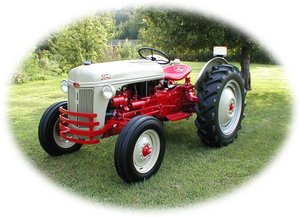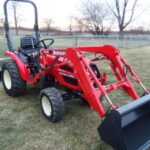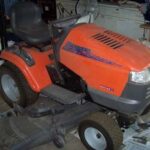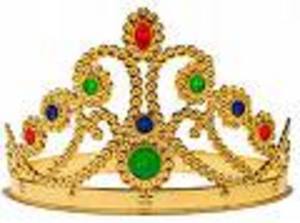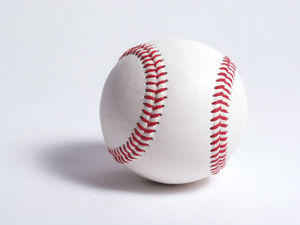Living in a rural area, and renting our fields to a local farmer, we see a lot of different tractors. The most common, of course, are the truly enormous combines, harvesters, and so on. Considering that one could easily spend $100,000 plus on one of these massive machines, they are are hardly something to be purchased for a personal garden, or a small family farm of only a few acres.
One of the most popular “classic” tractors is the Ford 8N. First produced in 1947, after the Ford-Ferguson partnership dissolved, Ford continued to build the 8N under the marketing ploy that it could be maintained with just “6 socket wrenches, a pair of pliers, and a screwdriver.” Sold from 1947 until 1952, Ford gauged its customers well with this motto, and slightly more than 400,000 model 8N’s came off the production line straight into the fields of America. During a time in the US when nearly every farmer knew he would have to do most of the maintenance and repairs required by his machinery himself, a machine built simply was nearly worth its weight in gold, not that Ford charged that much.
The 8N was one of the first models of its class to utilize the three-point hitch which has since become the standard for tractors, meaning that nearly any modern implement can be attached to this tough little machine, and many small farmers still use them on a daily basis. One of the things that makes the 8N so simple to work on is that its four-cylinder, L-head engine is essentially the same as that of the Ford Model A motorcar, although somewhat better built.
For instance, the tractor’s engine block is a bit heavier, and has a greater displacement; this change allows the engine to cool more rapidly, and gives it a good bit more power. Also, the cylinders are “sleeved,” meaning that they are encased in a metal cylinder, so that the sleeve wears out, rather than the block itself.
Fortunately for those who wish to restore an 8N to its original glory, the multiplicity of Model A cars still out there means that there is a thriving trade in newly made parts, most of which “crossover” to the 8N. If you’re not quite up to the task of restoring your own tractor, there are many others who make a living at it, and they would be happy to sell you the fruits of their labor. However, be aware that you will pay substantially more for a freshly restored 8N than you would for one that is merely in excellent working order and still being used daily.
The other N-series tractors (the 9N and the 2N) are still able to be found as well, though typically not in such great numbers. Also, both of these older models (the 9N was discontinued in 1942, and the 2N in 1947) utilize a three-speed transmission, as opposed to the 8N’s four-speed tranny. To the untrained eye, all three of the N-series models can look very similar. However, the 8N haas a much smaller lug pattern (6.5″ diameter), and solid floorboards as opposed to the motorcycle-style found in the other two models.
As with any other used automotive machine, always be sure to check it over from top to bottom, so that you know what you are getting for your money. Also, most states do not require registration of tractors, so if you buy from a non-dealer, it may be a good idea to get a notarized bill of sale. Be wary of someone who refuses this simple request; they may not be the true owner.
And, of course, the best time of year to look for a tractor is in the fall. Not only are the prices lower than they would be in the spring, but you’ll have all winter to work on your new piece of American history.
